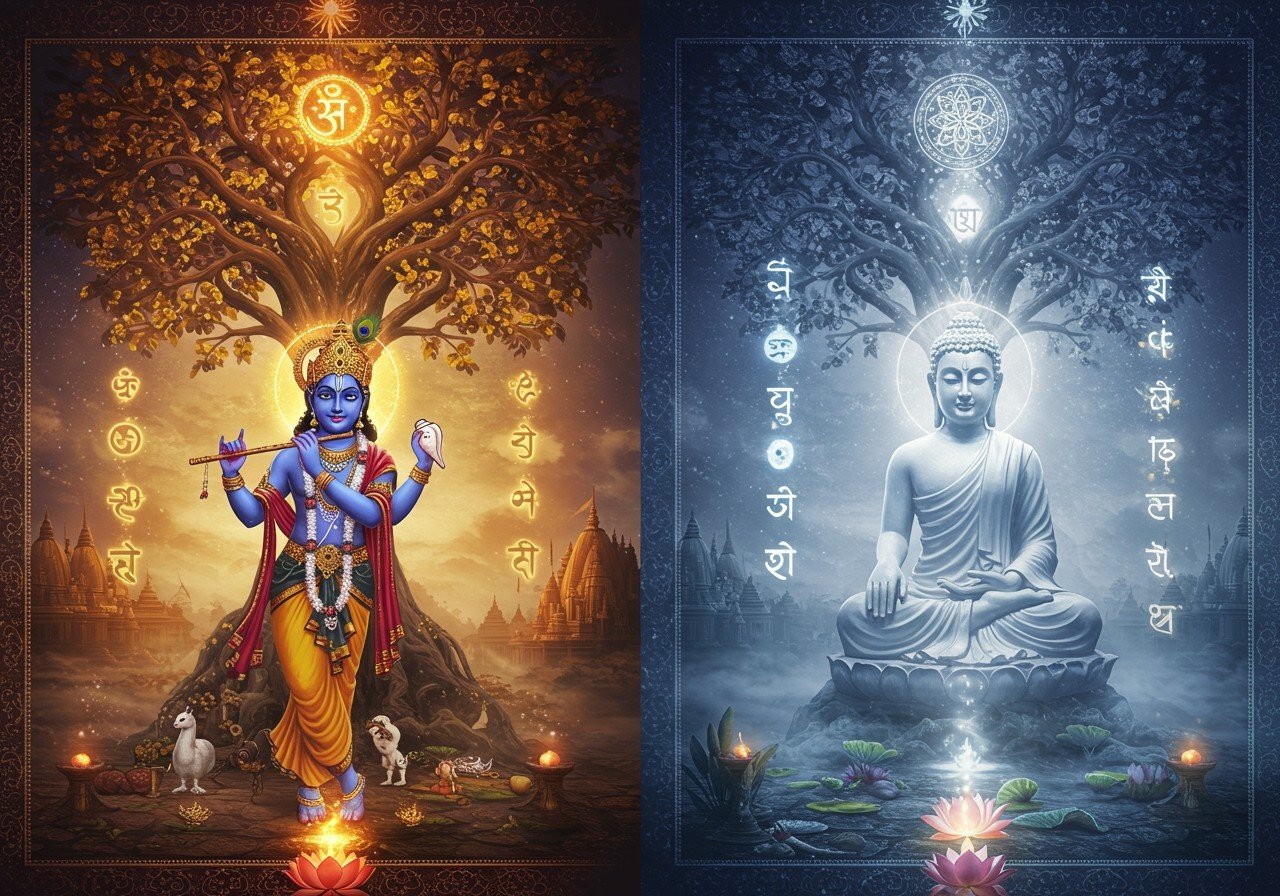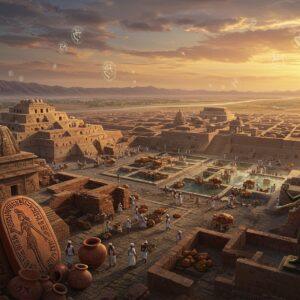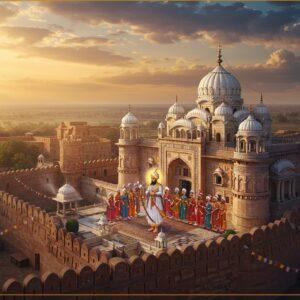
Classical India (500 BCE – 500 CE) witnessed the flourishing of two major religions: Hinduism and Buddhism. These faiths profoundly impacted the spiritual and cultural landscape, shaping philosophical thought, social structures, and artistic expression. This exploration delves into their core tenets, rituals, and comparative analysis, providing insight into their enduring legacy.
Hinduism in Classical India
Key Scriptures and Concepts
Hinduism in this era relied on foundational texts like the Vedas, Upanishads, Mahabharata, and Ramayana. These scriptures offered guidance on religious practices, social conduct, and philosophical understanding. The concept of Dharma (duty) played a central role, shaping individual actions and societal norms.
Rituals and Social Structure
Yajnas (sacrificial rites) were central to Hindu rituals. The caste system (Varna), a hierarchical social structure, defined roles and responsibilities within society. The pantheon of Hindu deities expanded, with major gods like Vishnu, Shiva, and Devi gaining prominence, each with unique myths and associated rituals. Philosophical schools such as Vedanta and Yoga further enriched Hindu thought.
Pilgrimage and Sacred Geography
Pilgrimage to sacred sites became an integral part of Hindu religious practice. Cities like Varanasi held immense spiritual significance, attracting devotees seeking spiritual purification and connection with the divine.
Buddhism in Classical India
Origins and Teachings
Buddhism originated with Siddhartha Gautama (the Buddha), who achieved enlightenment and shared his teachings to alleviate suffering. The Four Noble Truths, which diagnose the nature of suffering, and the Eightfold Path, which outlines the path to liberation, formed the core of Buddhist doctrine. The Sangha (monastic community) played a vital role in preserving and disseminating these teachings.
Schools of Thought
Over time, different schools of Buddhist thought emerged, including Theravada and Mahayana. These schools developed unique interpretations of Buddhist philosophy and practices. Key texts like the Tripitaka and Mahayana Sutras provided further guidance to followers. Meditation and mindfulness became central practices for achieving enlightenment.
Art and Architecture
Buddhist art and architecture flourished, leaving a lasting impact on Indian culture. Stupas and cave temples, adorned with intricate carvings and sculptures, served as centers of worship and pilgrimage.
Comparative Analysis: Philosophical Foundations
Similarities and Differences
Both Hinduism and Buddhism emphasized Dharma, but their interpretations differed. Hinduism emphasized the concept of Atman (soul), while Buddhism asserted Anatta (no-self). Both religions acknowledged karma and rebirth, but their paths to liberation diverged: moksha in Hinduism and nirvana in Buddhism.
Influence of Upanishads
The philosophical ideas presented in the Upanishads significantly influenced Buddhist thought. Debates and dialogues between Hindu and Buddhist scholars enriched both traditions.
Rituals and Practices
Hindu Practices
Hindu rituals encompassed daily practices like puja, elaborate festivals, and samskaras (life-cycle ceremonies). Vedic sacrifices and temple worship continued to be important aspects of religious life.
Buddhist Practices
Buddhist practices included Uposatha days for reflection and dana (giving alms) to support the monastic community. Meditation, though shared with Hinduism, differed in its techniques and objectives.
Pilgrimage
Both traditions valued pilgrimage. While Varanasi remained a sacred site for Hindus, Buddhists revered places like Bodh Gaya, where the Buddha attained enlightenment.
Poojn.in: Your Spiritual Companion
For those seeking to deepen their understanding and practice, Poojn.in, India’s leading online store for cultural and religious goods, offers a wide range of products and resources. Whether you are looking for puja items, sacred texts, or information on Hindu deities, Poojn.in provides a one-stop shop for all your spiritual needs.
-
High-Quality Puja Items: Find authentic puja samagri, idols, and ritual items for various ceremonies at Poojn.in. We ensure quality and adherence to traditional standards.
-
Sacred Texts and Religious Books: Explore a collection of religious texts and books to deepen your understanding of Hindu scriptures and philosophy at Poojn.in. Expand your knowledge and connect with ancient wisdom.
-
Idols and Statues: Discover temple-grade idols and statues of various Hindu deities, crafted with reverence and attention to detail at Poojn.in. Bring the divine presence into your home.
-
Learn About Hindu Deities: Explore our informative blog posts to learn more about major Hindu deities like Lord Brahma, Lord Shiva, and Lord Indra at Poojn.in. Deepen your understanding of Hindu mythology and symbolism.
Conclusion
Hinduism and Buddhism, arising in Classical India, offered distinct yet interconnected paths towards spiritual understanding. Their rich philosophical traditions, diverse rituals, and profound impact on art and architecture continue to inspire and resonate with people across the globe. Explore the wisdom of these ancient traditions and find resources to support your spiritual journey at Poojn.in.


